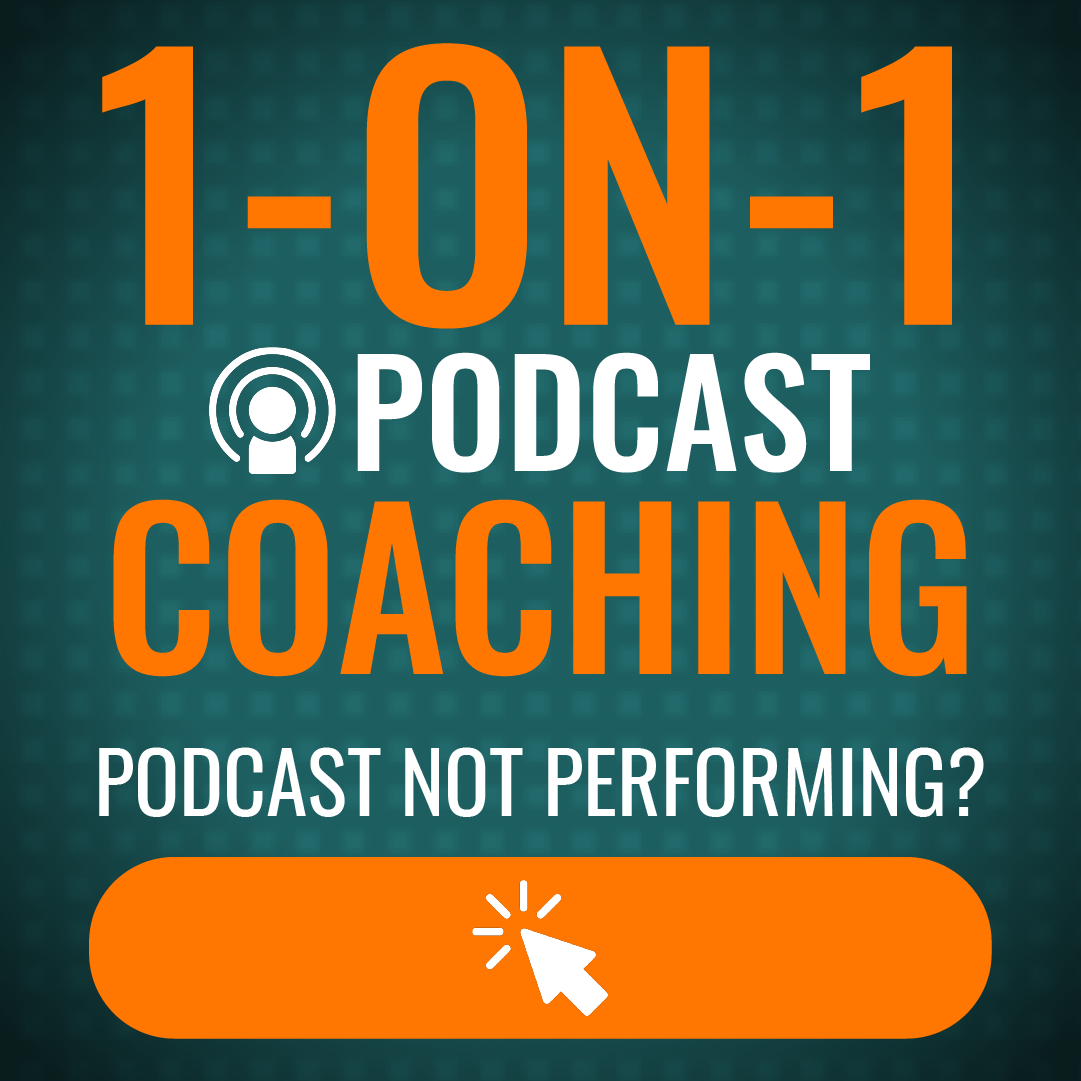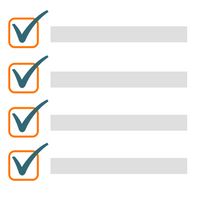Great content, check. Professional mic, check. But your podcast still sounds like crap? It could be where you’re recording.
Let me tell you something you may not want to hear if you’ve spent a lot of money on a mic (or any money, for that matter). Even the most professional-level mics will sound like crap in a bad environment.
So, what makes a space bad for podcasting? The number one thing is going to be the acoustics of your podcast studio. Specifically the level of reverberation or how ‘live’ your podcast recording space is. You want a space that is going to deaden the sound by absorbing it. In other words, you want audio to come out of your mouth, go into your mic and that’s it. No bouncing around the room. No echoes. No reverb.
Want a Great Sounding Podcast? It’s Not Just About the Mic. You Need a Podcast Studio.
In this podcast, I outline 5 things you can do to improve your sound recording space or podcast studio without commandeering your kid’s room or taking on a home reno project.
1. Get the Right Mic. I know, I know, I said it wasn’t about your mic but it might be the easiest solution to your problem. A lot of podcasters start out with a condenser mic like the Yeti. Now, I know that you see it in a lot of podcaster pictures and you were probably told it was the best mic going… but this mic is built for a sound-proof room. It wants to grab all the sounds so if your room isn’t deadening the sound instantly, then a condenser mic is going to suck up all the residual noise as it bounces around the room.
So, the simplest solution might be to switch from a condenser mic to a dynamic mic (like the ATR 2100 or the Shure MV7) that is going to be a lot more forgiving in a ‘live’ space because it is only capturing the audio from directly in front of the mic. In fact, it may mean you don’t need any of the tips below. But, be sure to use a wind sock or pop screen to decrease popped p’s and ssssibilance.
Podcast Mic Placement Video https://www.youtube.com/watch?v=0W7B7kxQdmc
2. Stand. By this I mean you should get a stand so that you can stand. Standing while you record will improve your performance because you will likely show up with more energy, have more air, more breath control and feel freer to move your arms around emphatically. Try putting your mic on a tall stand and you may want to get a music stand for your notes or laptop. Alternatively, and this is what I do, get yourself a standing desk and add an adjustable microphone suspension boom arm.
3. Add Sound Treatment. Windows, hard surfaces, bare floors, and bare walls give sound something to bounce off of. If you want to improve the sound of your space, add soft elements. Pay particular attention to what is directly in front of you as this is the most likely place for your voice to bounce.
Add a rug to the floor, acoustic tiles to the walls, curtains over the windows – anything that will cover up those hard surfaces and absorb the sound. There are so many options these days that are design-forward like large photos panels and colorful felt tiles. You can also get something portable like a mobile sound booth or recording hood in case your studio doubles as something else when you’re not recording. Or you can stay podcasting in a closet if that still works for you. That small space and all those clothes will definitely help out if it’s all you’ve got to work with at the moment.
4. On Air Light. There’s a reason radio stations have an ‘On Air’ sign outside of studios and it’s so that nobody mistakenly walks in and disrupts the broadcast and so that anyone walking by outside with a super loud voice knows to shut the hell up. So, how does this translate to your home studio? Well, you can actually buy an ‘On Air’ light and put it above your door so your family knows what’s going on. Or, you can just make a habit of letting the fam know when you are recording so they can be extra quiet.
While you’re at it, make sure the dog is as far away as possible from your recording space. Let me be clear – even if it is a lap dog, it should not be on your lap while you record because, nobody needs a dog panting in their ears! And for the love of Pete – do not let your cat in the room when you are recording. They just love to rub up against that mic and meow mid sentence. I repeat. No cats or dogs in the studio!
5. Upgrade Your Digital Recording Studio. I would hate for you to take all of this advice making your recording studio sound great and then you connect with your guest and record using Zoom. Just, no. Don’t do it. I did an entire episode on why you should NOT be using Zoom as your recording platform. Instead, pick a professional digital recording platform like RiversideFM or Squadcast. These allow you to record directly to your computer and download your guest’s file directly from their computer. No compression. Much better.
These upgrades to your studio space will help your podcast sound better. And the better your podcast sounds, the more your audience will enjoy it which means your podcast is serving its purpose.
If you started your podcast to help you build authority don’t undermine that with a podcast that is hard to listen to because it sounds like you’re podcasting in a cave.
——————–
Book your FREE 15-Minute Podcast Coaching Call
https://calendly.com/timwohlberg
Listen to more 5-minute episodes, explore my resources and check out my coaching packages at https://podcastperformancecoach.com/
Got a Question? Contact me:
https://podcastperformancecoach.com/contact/















